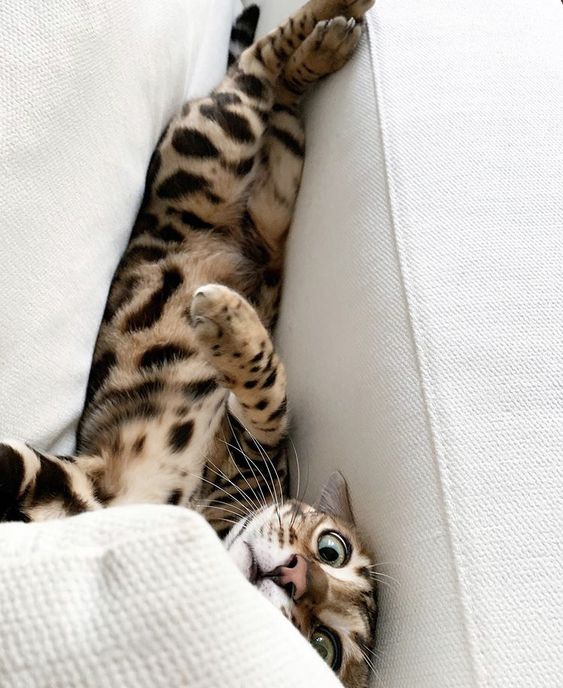
Cats have lived alongside humans for millennia, but there’s still much we don’t know about our companions. How do cats purr? Why do they look so annoyed all the time? And when and where did cats begin sharing homes with humans?
Part of the issue with finding the answers to these questions is the notoriously secretive nature of domestic cats and their unwillingness to do what they’re told — something that makes studying cats in a laboratory setting quite challenging. But advances in technology and research methods in recent years have helped to shed light on some cat behaviour, pinpoint the origins of the species we know as the domestic cat, and even find a cure for a fatal feline disease.
Here’s some of the latest science about our feline companions.

Contents
Cats’ faces are more expressive than you think
Humans have been trying to decode the meaning of their feline friends’ facial expressions for a while, making some progress in studies of cat faces in interactions with humans. But what are their faces doing around other cats? To find out, researchers recorded videos at a Los Angeles, Calif., cat café to study the facial expressions the animals make while interacting among themselves.
Using a facial muscle coding system, the scientists discovered that cats make 276 distinct facial expressions using 26 unique facial movements, such as parting their lips, licking their nose or squinting their eyes. Brittany Florkiewicz, a co-author of the new study, said the majority of those expressions could be categorized as either friendly or unfriendly. “We were able to find evidence for something called a ‘play face,'” she told Quirks & Quarks host Bob McDonald. “And we actually have current studies that show that big cats are capable of producing these play faces as well.”
Florkiewicz, who has also studied ape facial expressions, said she was impressed by the range of expressions found in cats, comparable to over 300 expressions she has previously identified in chimpanzees. “It was really interesting to think about how domestication has shaped that facial expression repertoire, and then thinking about comparisons that we could potentially make with other species,” she said.

Cats are built to purr
Regardless of what their face looks like, a telltale sign of a happy cat is the signature purr. But something that has puzzled scientists is how an animal as small as a domestic cat can produce sounds at such low frequencies.
Tecumseh W. Fitch studied the physiology of cat larynges — the organ in the back of the throat involved in breathing and sound production, also known as the voice box — to figure this out. In his research, he identified a pair of fatty pads that help slow down the vibration of the vocal folds to make the low-frequency rumbling.
“So what we think is that the cat is using one part of its vocal folds to produce… sounds like meows. And only using the full vocal fold with these fat inclusions to make for a lower-frequency purrs,” he told Quirks & Quarks.
These results, published in Current Biology, also challenge the common theory of the mechanics of purring. “What was thought until our study for cats is that … each pulse of the purr was actually accompanied by a muscle twitch that had to be driven by the cat, by a neural signal from the cat’s brain,” Fitch said. “And what we were able to show is that, that’s not necessary for purring to occur.”
Cat hair can help solve crimes

Here’s a fact that doesn’t need a research paper to back it up: cat hair gets everywhere. And while this may be bad news for your stylish all-black outfits, it’s good news for forensic scientists.
The potential of using cat hair to solve crimes has been known for some time now. In a 2023 U.K. manslaughter case, cat hairs left on the victim were matched to those found in a suspect’s home, resulting in a conviction. But there are some challenges to using cat hair to identify wrongdoers.
Cat hair doesn’t contain as much genetic material as a swab of saliva or a drop of blood, “so we have to look at another kind,” researcher Mark Jobling told Quirks & Quarks. “And that kind is called mitochondrial DNA.”
In a paper published in the journal Forensic Science International: Genetics, Jobling and his team describe how they were able to extract mitochondrial DNA from cat hair. Jobling said this test “can work with as little as a single cat hair” and hairs that are over 20 years old. This could be useful in cold cases where cat hair is included in the evidence, since unlike blood or saliva, DNA in hair degrades more slowly over time.

